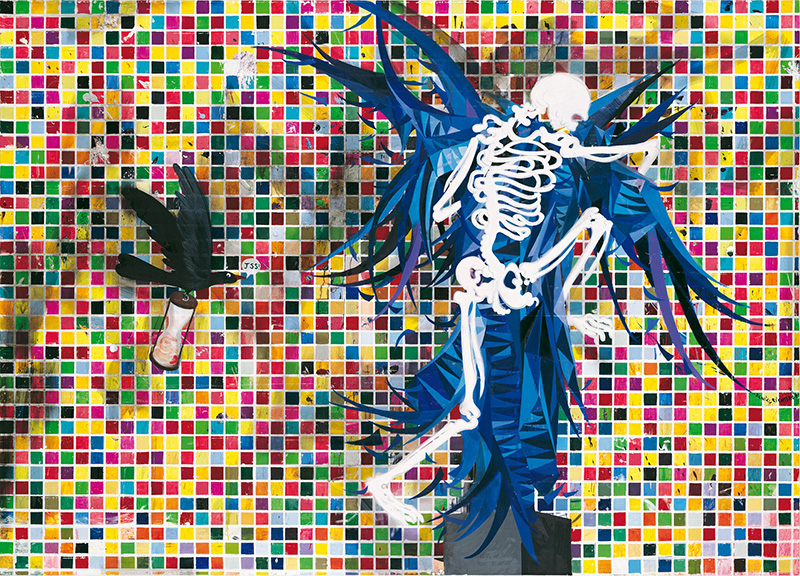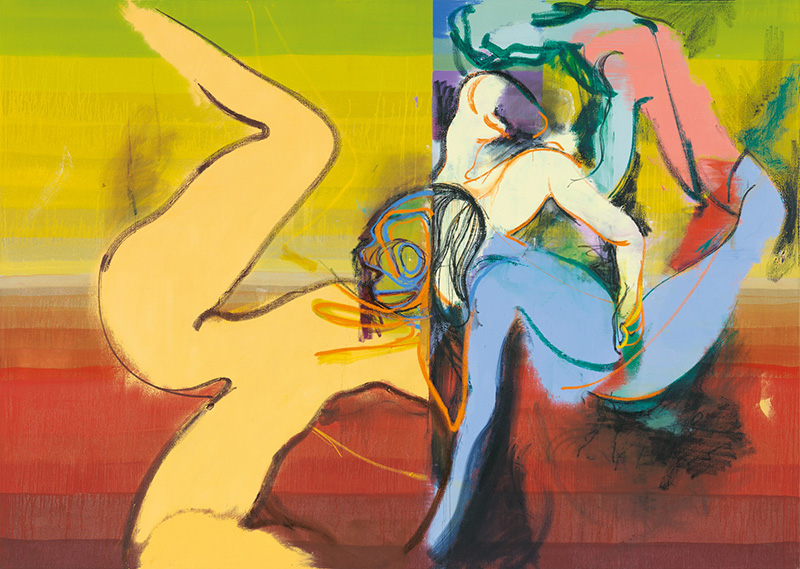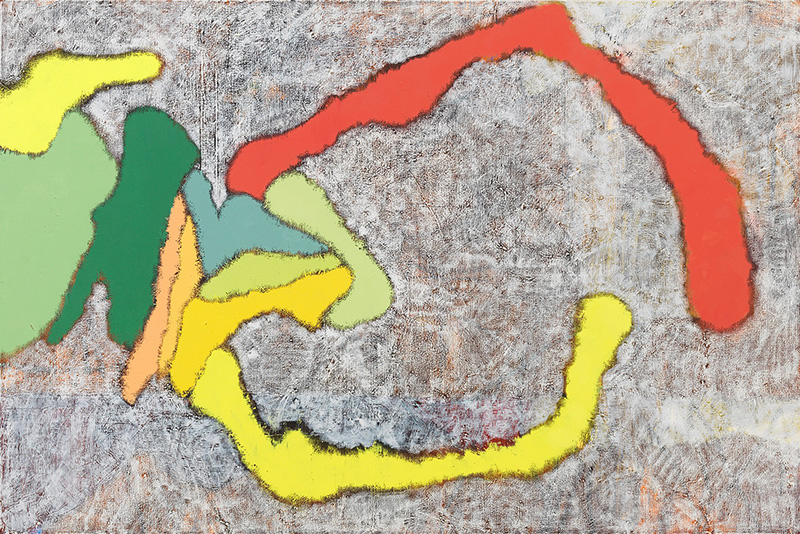ART CITIES:London-Daniel Richter
 The question of how painting can react to the political, social, and media realities of today represents a starting point for Daniel Richter’s work. For over 20 years, he has radically challenged the potentialities of painting. Through the intersection of art historical, mass media and popular culture clichés, Richter creates idiosyncratic worlds and images of unstable realities.
The question of how painting can react to the political, social, and media realities of today represents a starting point for Daniel Richter’s work. For over 20 years, he has radically challenged the potentialities of painting. Through the intersection of art historical, mass media and popular culture clichés, Richter creates idiosyncratic worlds and images of unstable realities.
By Dimitris Lempesis
Photo: 21er Haus Archive
Daniel Richter is a politically motivated painter, not only because of his origins in the autonomous left-wing punk scene in Hamburg or his choice of subject matter, but particularly because of the attention and the critical gaze which he asks of his audience. The exhibition “Lonely Old Slogans” at Camden Arts Centre in London traces Daniel Richter’s earliest, color-intensive abstract improvisations through to his figurative works, described by the artist as a new form of history painting. Since 2000 he has painted narrative scenes filled with figures, often inspired by reproductions from newspapers or history books. These works convey the complex atmosphere of a moment, rather than depicting historical events or celebrating political utopias, foregrounding the contradictions and complexities of our times. Daniel Richter’s oeuvre is divided roughly into three periods. When the artist began to paint in the early ‘90s, painting in Europe was experienced as an artistic medium of the past, largely approached with irony, distance and dissection. Richter was well-aware of these painting controversies and discourses, but instead of adopting a defensive attitude, he approached the genre directly, with an abundance of expressive forms, colors, and painterly methods. At the turn of the century he counterposed his dense, abstract-ornamental paintings from the mid-90s, with large, figurative and narrative images depicting socio-political realities. They are arranged theatrically and tell stories about the contradictions of our time. These works turned Richter into a famous and celebrated figure amongst the younger generation of German painters at the time. It is this body from his second creative phase that forms the core of the exhibition. A characteristic feature of the painter is the way he mixes different stylistic and compositional elements into a highly ambivalent scenario that resists a single interpretation. With his recent work, Richter partially returned to abstraction. Starting with pornographic images, the artist has developed a new pictorial language and, in a very reduced, almost choreographic form, he seems to exhaust the potentialities of painting. Reminiscent of American Abstract Expressionism, his works of art are transformative both in a socio-political and body politic sense. The image titles in the “Lonely Old Slogans” make it simultaneously easier and more difficult for the viewer. Sometimes they seem to precisely describe what is happening, while in other cases they position themselves in Dadaist fashion, at the edge of the intelligible. Thus, Richter’s pictures burst open their inherent framework of meaning and point outwards. They withstand being held to any concrete historical events, but rather try to capture a certain spirit of the present, which is characterized by the disappearance of the great political utopias.
Info: Camden Arts Centre, Arkwright Road, London, Duration: 3/7-17/9/17, Days & Hours: Tue & Thu-Sun 10:00-18:00, Wed 10:00-21:00, www.camdenartscentre.org





